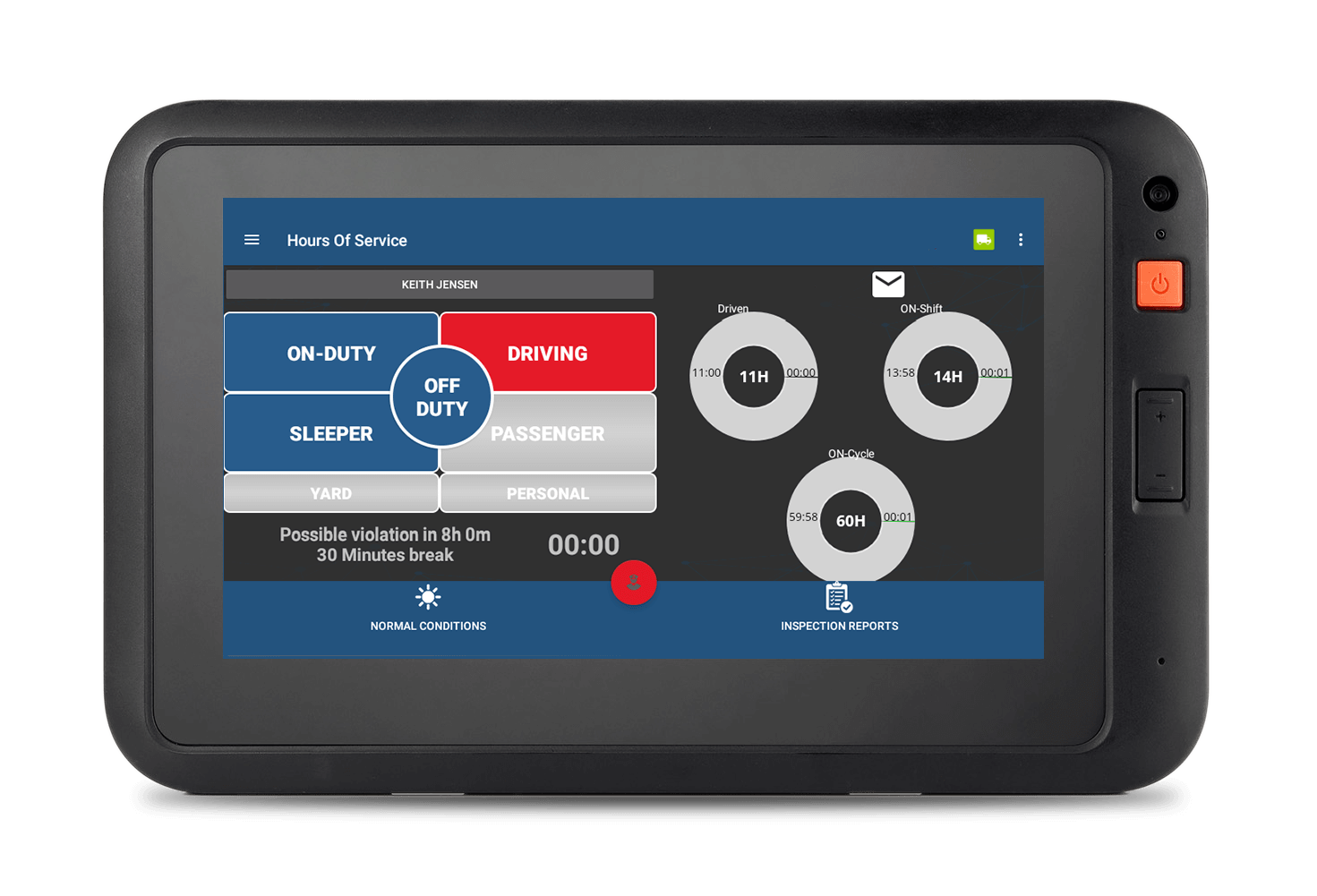
Compliance Corner
What You Need to Know About FMCSA’s Proposal to Expand its Crash Preventability Program
In an attempt to clarify existing eligible crash types and add new crash scenarios, the Federal Motor Carrier Safety Administration has proposed changes to its Crash Preventability Determination Program (CPDP). The FMCSA is inviting comments on the proposal, which are due by June 12, 2022.
FMCSA’s CPDP was started in August 2019 as a way for carriers to improve their Crash Indicator BASIC score by asking FMCSA to review crashes and make preventability determinations. Those crashes determined preventable are still displayed on the carriers Compliance, Safety, Accountability profile but are not used in the calculation of its Crash Indicator BASIC score.
In launching the system, FMCSA necessarily limited the types of crashes it would review to those in which, based on police accident reports, it was undeniable that the commercial motor vehicle driver could not have prevented the crash. Eligible crashes needed to meet strictly prescribed criteria based on the circumstances of the crash and whether the driver should have been out of service at the time.
Even still, the program has been extremely popular. So much so that FMCSA has placed a warning on its website cautioning carriers that it could be 90 days or longer before a determination can be made on their crash.
By most accounts, the program has been a resounding success. Through December 2022, almost 40,000 crashes had been submitted for review, with around 10,000 deemed ineligible for consideration (because they didn’t fit into one of the eligible crash types), and nearly 25,000 determined to be non-preventable.
All told, 96% of eligible crashes have been found to be non-preventable on the part of the commercial motor vehicle (CMV) driver. Broadly speaking, and at least among the program’s eligible crash types, this correlates to various studies that indicate up to three-fourths of all crashes involving a CMV are the fault of someone other than the CMV driver.
Now, FMCSA, having learned from the nearly 40,000 crashes submitted to date, is proposing adding new scenarios based, in part, on those 10,000 crashes deemed ineligible.
The new crash types include:
CMV was struck on the side by a motorist operating in the same direction.
(This expands the current “struck in side of rear” category beyond the current 5:00 and 7:00 points of impact)
Of course, with the proliferation of dashcam technology into the trucking industry, it’s the last proposed category that has received the most attention. Many, perhaps most, carriers that have adopted this technology did so to help exonerate drivers from overzealous plaintiff’s attorneys. If FMCSA begins making preventability determination based on dashcam evidence for all crash scenarios, you can bet this adoption will increase. The good news is that if these carriers also implement strong coaching programs to compliment their dashcam investment, highway safety will improve too.
Compliance Corner Guest Contributor:

P. Sean Garney
Co-Director
Scopelitis Transportation Consulting, LLC
Garney has his Masters in Transportation Policy, Operations and Logistics from George Mason University. He is an active member of several motor carrier industry associations and serves on several local citizens advisory boards focused on transportation.






